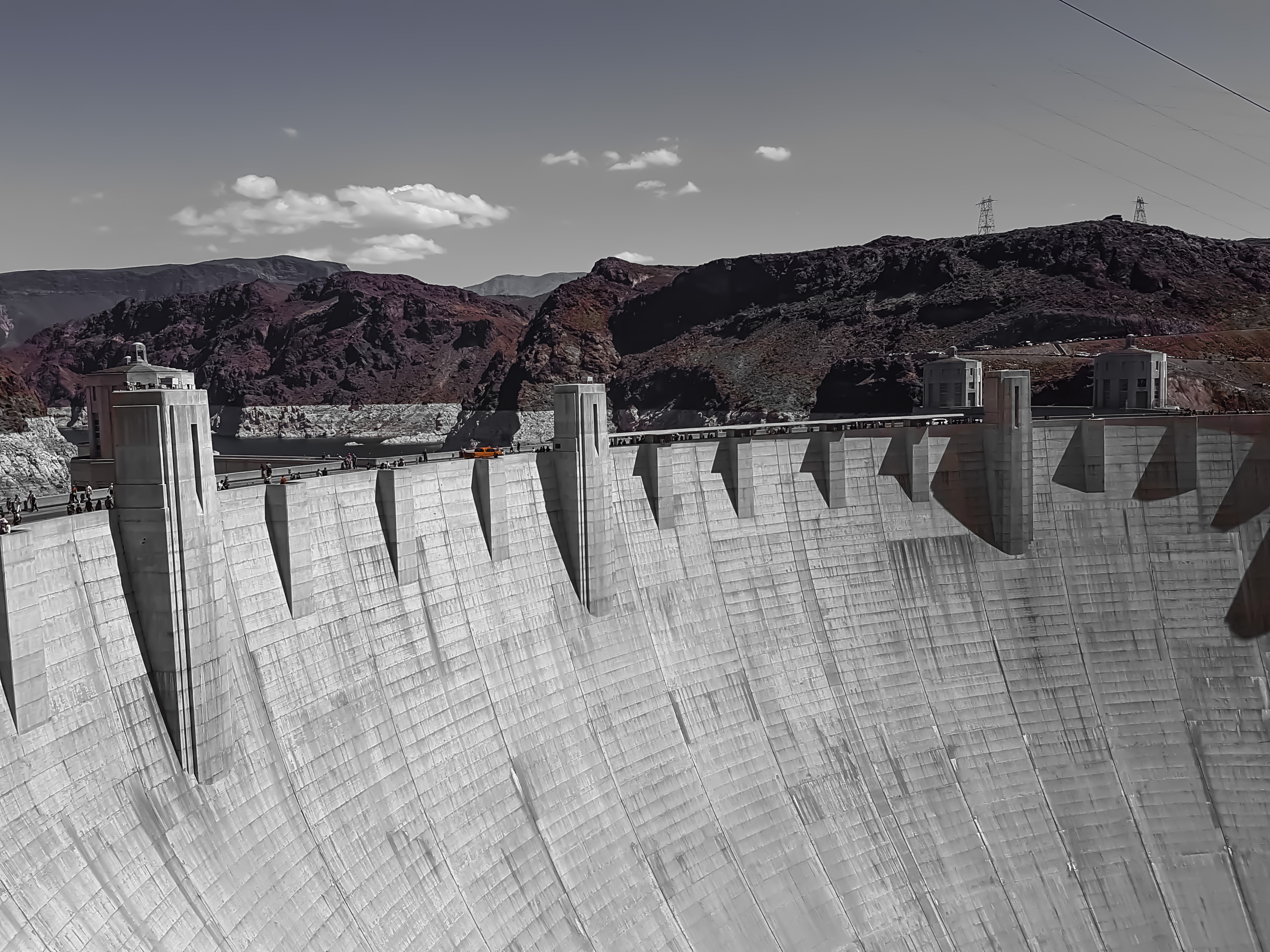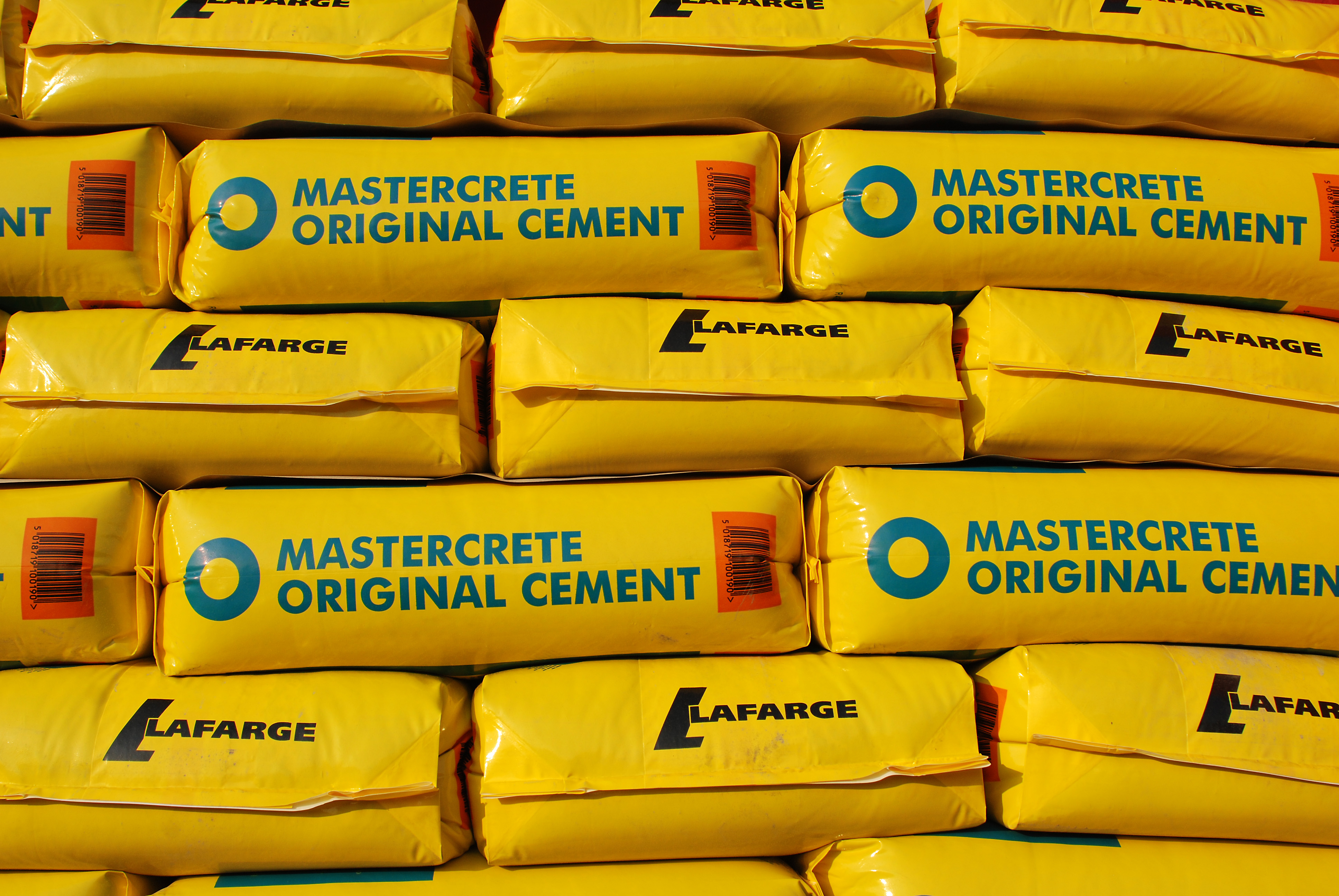|
Self-leveling Concrete
Self-leveling concrete has polymer-modified cement that has high flow characteristics and, in contrast to traditional concrete, does not require the addition of excessive amounts of water for placement. Self-leveling concrete is typically used to create a flat and smooth surface with a compressive strength similar to or higher than that of traditional concrete prior to installing interior floor coverings. Self-leveling concrete has increased in popularity as the degree of flatness and smoothness required for floor covering products has increased, with vinyl goods becoming thinner and floor tiles becoming larger, for example. Self-consolidating (or self-compacting) concrete (SCC) is a separate type of highly mobile (fluid) concrete formulation, which is based on superplasticizers, and is therefore also somewhat self-leveling. History Self-leveling concrete was invented in 1952 by Axel Karlsson from Sweden. The first product was a combination of wood glue, fine sand and cement w ... [...More Info...] [...Related Items...] OR: [Wikipedia] [Google] [Baidu] |
Concrete
Concrete is a composite material composed of fine and coarse aggregate bonded together with a fluid cement (cement paste) that hardens (cures) over time. Concrete is the second-most-used substance in the world after water, and is the most widely used building material. Its usage worldwide, ton for ton, is twice that of steel, wood, plastics, and aluminum combined. Globally, the ready-mix concrete industry, the largest segment of the concrete market, is projected to exceed $600 billion in revenue by 2025. This widespread use results in a number of environmental impacts. Most notably, the production process for cement produces large volumes of greenhouse gas emissions, leading to net 8% of global emissions. Other environmental concerns include widespread illegal sand mining, impacts on the surrounding environment such as increased surface runoff or urban heat island effect, and potential public health implications from toxic ingredients. Significant research and developmen ... [...More Info...] [...Related Items...] OR: [Wikipedia] [Google] [Baidu] |
Cement
A cement is a binder, a chemical substance used for construction that sets, hardens, and adheres to other materials to bind them together. Cement is seldom used on its own, but rather to bind sand and gravel (aggregate) together. Cement mixed with fine aggregate produces mortar for masonry, or with sand and gravel, produces concrete. Concrete is the most widely used material in existence and is behind only water as the planet's most-consumed resource. Cements used in construction are usually inorganic, often lime or calcium silicate based, which can be characterized as hydraulic or the less common non-hydraulic, depending on the ability of the cement to set in the presence of water (see hydraulic and non-hydraulic lime plaster). Hydraulic cements (e.g., Portland cement) set and become adhesive through a chemical reaction between the dry ingredients and water. The chemical reaction results in mineral hydrates that are not very water-soluble and so are quite durable ... [...More Info...] [...Related Items...] OR: [Wikipedia] [Google] [Baidu] |
Flow Characteristic
In physics and engineering, fluid dynamics is a subdiscipline of fluid mechanics that describes the flow of fluids—liquids and gases. It has several subdisciplines, including ''aerodynamics'' (the study of air and other gases in motion) and hydrodynamics (the study of liquids in motion). Fluid dynamics has a wide range of applications, including calculating forces and moments on aircraft, determining the mass flow rate of petroleum through pipelines, predicting weather patterns, understanding nebulae in interstellar space and modelling fission weapon detonation. Fluid dynamics offers a systematic structure—which underlies these practical disciplines—that embraces empirical and semi-empirical laws derived from flow measurement and used to solve practical problems. The solution to a fluid dynamics problem typically involves the calculation of various properties of the fluid, such as flow velocity, pressure, density, and temperature, as functions of space and time. Befor ... [...More Info...] [...Related Items...] OR: [Wikipedia] [Google] [Baidu] |
Compressive Strength
In mechanics, compressive strength or compression strength is the capacity of a material or structure to withstand loads tending to reduce size (as opposed to tensile strength which withstands loads tending to elongate). In other words, compressive strength resists compression (being pushed together), whereas tensile strength resists tension (being pulled apart). In the study of strength of materials, tensile strength, compressive strength, and shear strength can be analyzed independently. Some materials fracture at their compressive strength limit; others deform irreversibly, so a given amount of deformation may be considered as the limit for compressive load. Compressive strength is a key value for design of structures. Compressive strength is often measured on a universal testing machine. Measurements of compressive strength are affected by the specific test method and conditions of measurement. Compressive strengths are usually reported in relationship to a specific ... [...More Info...] [...Related Items...] OR: [Wikipedia] [Google] [Baidu] |
Floor Tile
Tiles are usually thin, square or rectangular coverings manufactured from hard-wearing material such as ceramic, stone, metal, baked clay, or even glass. They are generally fixed in place in an array to cover roofs, floors, walls, edges, or other objects such as tabletops. Alternatively, tile can sometimes refer to similar units made from lightweight materials such as perlite, wood, and mineral wool, typically used for wall and ceiling applications. In another sense, a tile is a construction tile or similar object, such as rectangular counters used in playing games (see tile-based game). The word is derived from the French word ''tuile'', which is, in turn, from the Latin word ''tegula'', meaning a roof tile composed of fired clay. Tiles are often used to form wall and floor coverings, and can range from simple square tiles to complex or mosaics. Tiles are most often made of ceramic, typically glazed for internal uses and unglazed for roofing, but other materials are also c ... [...More Info...] [...Related Items...] OR: [Wikipedia] [Google] [Baidu] |
Self-consolidating Concrete
Self-consolidating concrete or self-compacting concrete (SCC) National Ready Mixed Concrete Association is a mix which has a low , high deformability, good segregation resistance (prevents separation of particles in the mix), and moderate (necessary to ensure uniform suspension of solid particles during transportation, placement (without external co ... [...More Info...] [...Related Items...] OR: [Wikipedia] [Google] [Baidu] |
Superplasticizer
Superplasticizers (SPs), also known as high range water reducers, are additives used in making high strength concrete. Plasticizers are chemical compounds that enable the production of concrete with approximately 15% less water content. Superplasticizers allow reduction in water content by 30% or more. These additives are employed at the level of a few weight percent. Plasticizers and superplasticizers retard the curing of concrete. Generally, superplasticizer can be classified into such types:purified lignosulfonates, carboxylate synthetic polymers, sulfonated synthetic polymers and synthetic polymers with mixed functionality cementitious materials. SPs are used where well-dispersed particle suspension is required to improve the flow characteristics (rheology) of suspensions such as in concrete applications. Their addition to concrete or mortar allows the reduction of the water to cement ratio without negatively affecting the workability of the mixture, and enables the producti ... [...More Info...] [...Related Items...] OR: [Wikipedia] [Google] [Baidu] |
Sweden
Sweden, ; fi, Ruotsi; fit, Ruotti; se, Ruoŧŧa; smj, Svierik; sje, Sverji; sju, Sverje; sma, Sveerje or ; yi, שוועדן, Shvedn; rmu, Svedikko; rmf, Sveittiko. formally the Kingdom of Sweden, is a Nordic countries, Nordic country located on the Scandinavian Peninsula in Northern Europe. It borders Norway to the west and north, and Finland to the east. At , Sweden is the largest Nordic country and the List of European countries by area, fifth-largest country in Europe. The Capital city, capital and largest city is Stockholm. Sweden has a population of 10.5 million, and a low population density of ; around 87% of Swedes reside in urban areas in the central and southern half of the country. Sweden’s urban areas together cover 1.5% of its land area. Because the country is so long, ranging from 55th parallel north, 55°N to 69th parallel north, 69°N, the climate of Sweden is diverse. Sweden has been inhabited since Prehistoric Sweden, prehistoric times, . T ... [...More Info...] [...Related Items...] OR: [Wikipedia] [Google] [Baidu] |
Wood Glue
Wood glue is an adhesive used to tightly bond pieces of wood together. Many substances have been used as glues. Types Animal glue Animal glue, especially hoof glue and hide glue, was the primary adhesive of choice for many types of woodworking, including furniture and lutherie, for many centuries. It is manufactured from rendered collagen from the skins (hides) or hooves of animals. It is chemically similar to edible gelatin and is non-toxic if ingested. Hide glue is still used today in specialized applications: musical instruments (lutherie), for replica furniture, and for conservation-grade repairs to antique woodwork. Hide glue is measured on the basis of its gel strength, a measure of how many grams of force it requires to depress a plunger into a 12.5% protein solution of the glue at . Glue is manufactured in standard grades from . strength is the most commonly used for woodworking; is the highest normally used for instrument building; is the lowest used for genera ... [...More Info...] [...Related Items...] OR: [Wikipedia] [Google] [Baidu] |
Lafarge (company)
Lafarge is a French industrial company specialising in cement, construction aggregates, and concrete. It is the world's largest cement manufacturer. It was founded in 1833 by Joseph-Auguste Pavin de Lafarge and is a part of the Holcim Group. In 2015, Lafarge merged with Holcim and a new company was formed under the name of LafargeHolcim. It was renamed to Holcim Group in 2021. Lafarge was convicted of financing terrorism and complicity in crimes against humanity for paying $5.92 million to the terrorist groups ISIS and al Nusra Front between 2013 and 2014 to keep its cement plant in Syria operating. History Foundation and development Lafarge was founded in 1833 by Joseph-Auguste Pavin de Lafarge in Le Teil, France (Ardèche), to exploit the limestone quarry in Mont Saint-Victor between Le Teil and Viviers. The limestone is white and argillaceous, and yielded an eminently hydraulic lime. In 1864 Lafarge signed its first international contract for the delivery of 110,0 ... [...More Info...] [...Related Items...] OR: [Wikipedia] [Google] [Baidu] |






